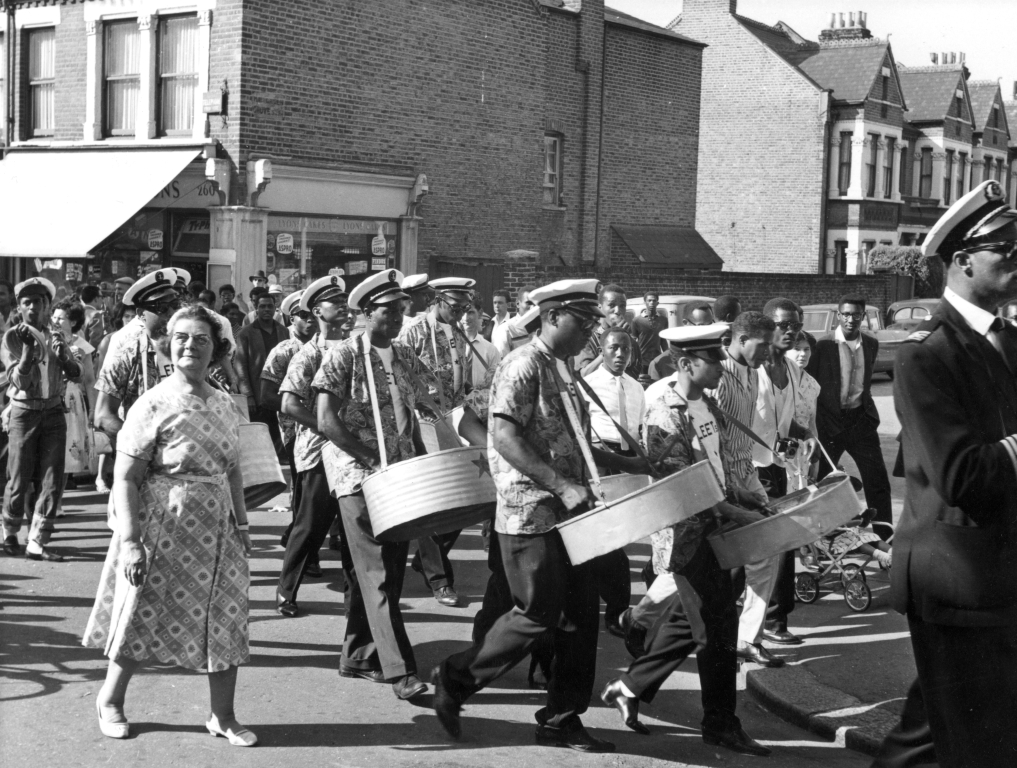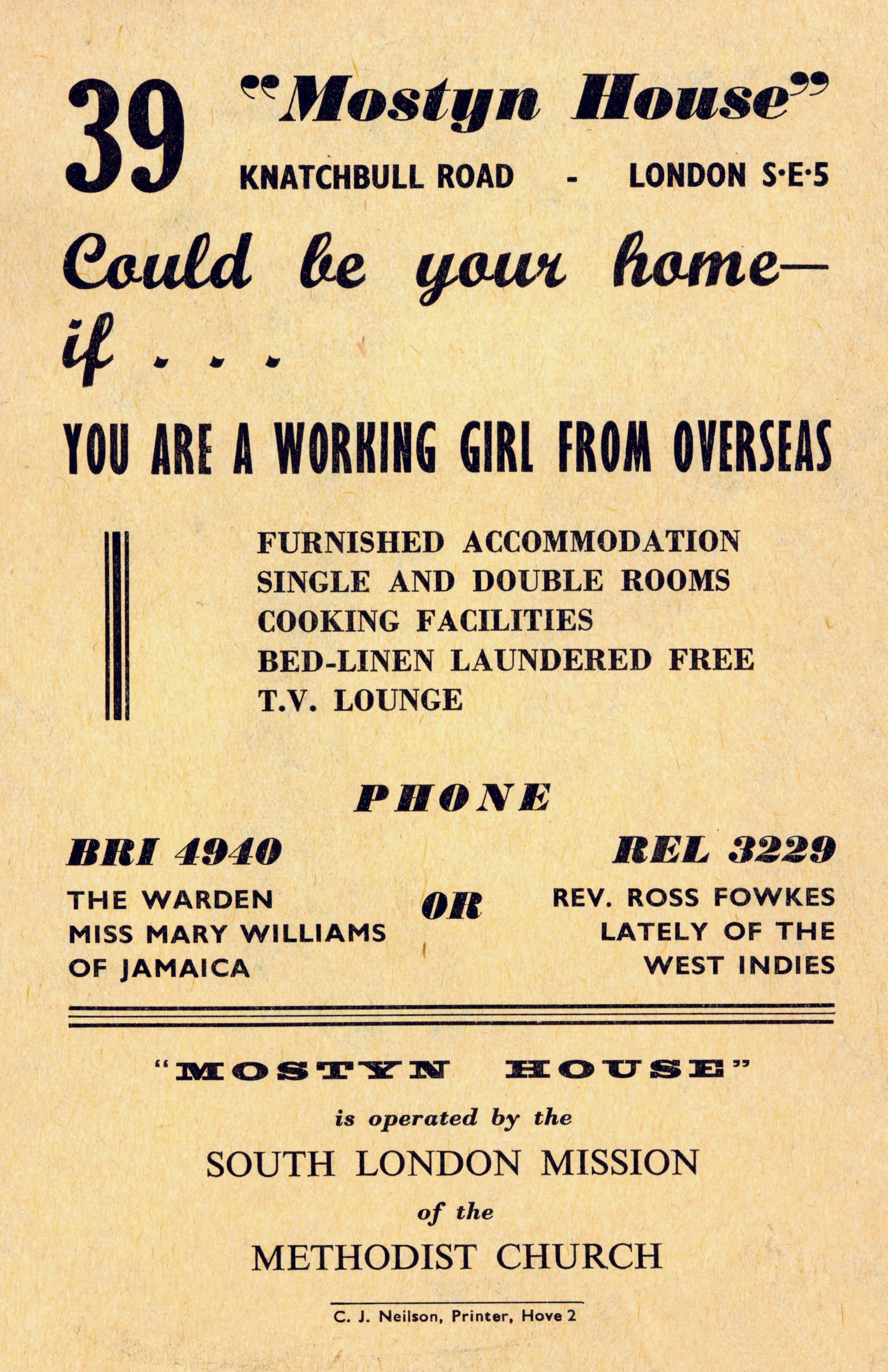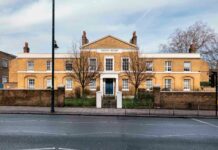The Black History Walk, a free Lambeth Heritage Festival event taking place on Saturday 7th September at 11am and starting outside Brixton Library, will trace the last 300 years of Lambeth’s Black History, from the first black residents in the 1720s to the roots of pan-Africanism in the 1900s. Arts co-editor Barney Evison caught up with the man behind the tour, local historian Steve Martin, to get a sneak preview of what’s in store.

Steve took me to three of the walk’s locations to give me a feel for the kind of stories he will be telling. We began on Brixton Road outside the Police Station. In the 1720s, it would have been the middle of nowhere. At that time, that part of the road was called Brixton Causeway, and it connected the cattle driving tracks between two areas of free grazing land; Kennington Park and Streatham. There would have been tracks leading north to Stockwell and coming from Camberwell down Coldharbour Lane.
It was here, in 1723, that the first black woman in Lambeth entered records. She appeared in the registers of St Mary’s Church for ‘giving birth to a bastard child’. She was not given a name. What’s unusual – unique in fact, according to Steve – is that in early spring 1724, she manages to personally repay the money lent to her from the public purse to support her child.
For historians, this leaves many unanswered questions. Who was she? How did she manage to raise this money, and why did she feel obliged to pay it back? Clues to the story of this mysterious woman raise more questions than they answer.
We walk on to the Canterbury Arms, the old police pub now set for demolition. In the mid nineteenth century, Brixton was a hotbed of minstrel shows, with many performed at this pub. The phenomenon of minstrelsy began in South London, in 1848 in Vauxhall Gardens, with a man known as Master Juba from North America.
Master Juba’s crossover dance shows slowly grew in popularity until he performed in front of Queen Victoria. After this, interest in black music became extremely fashionable in south London. It was difficult to pick up a newspaper in Lambeth at the time without seeing advertisements for minstrel shows.
Many of the minstrel shows were performed by men in ‘black face’. This is what went on at the Canterbury Arms. Every year, the Brixton Police Minstrels would perform there for charity. They would finish their day of work “beating up the Irish”, as Steve puts it, then apply burnt cork to their faces and come to sing Alabama-style minstrel music. Police forces across London often put on minstrel shows and I was shocked to discover that the Metropolitan Police Minstrels continued to perform right up until 1930.
Our next stop, just beside the Barrier Block on Somerleyton Road, takes us back to the early twentieth century and to one of the most extraordinary men in history; Henry Sylvester Williams. Williams was a Trinidadian lawyer, writer and political activist who settled in London in the late nineteenth century. He was the single catalyst for the establishment of a pan-African conference, the first of which took place in Westminster in the summer of 1900.

It was at the First Pan-African Conference that the American author and civil activist W. E. B. Du Bois made his ground-breaking speech in which he famously proclaimed: “the problem of the twentieth century is the problem of the colour line.” Williams set this all in motion, driving everything forward from his house on Somerleyton Road. He changed history, establishing pan-Africanism and global dialogue across the African diaspora.
For Steve, it’s the sheer spread and surprise factor about Lambeth’s history that continues to fascinate him. With this walk he hopes to demonstrate not just the longevity of the black presence in Brixton, but the diversity of it as well. Other topics he’ll touch on include black theatrical groups, publishing houses, and record shops as well as the civil rights activist Claudia Jones – the woman who gave us black beauty shows and the Notting Hill Carnival.
Discover more details about the inaugural Lambeth Heritage Festival, including the full programme of events, on the Lambeth Council website.






